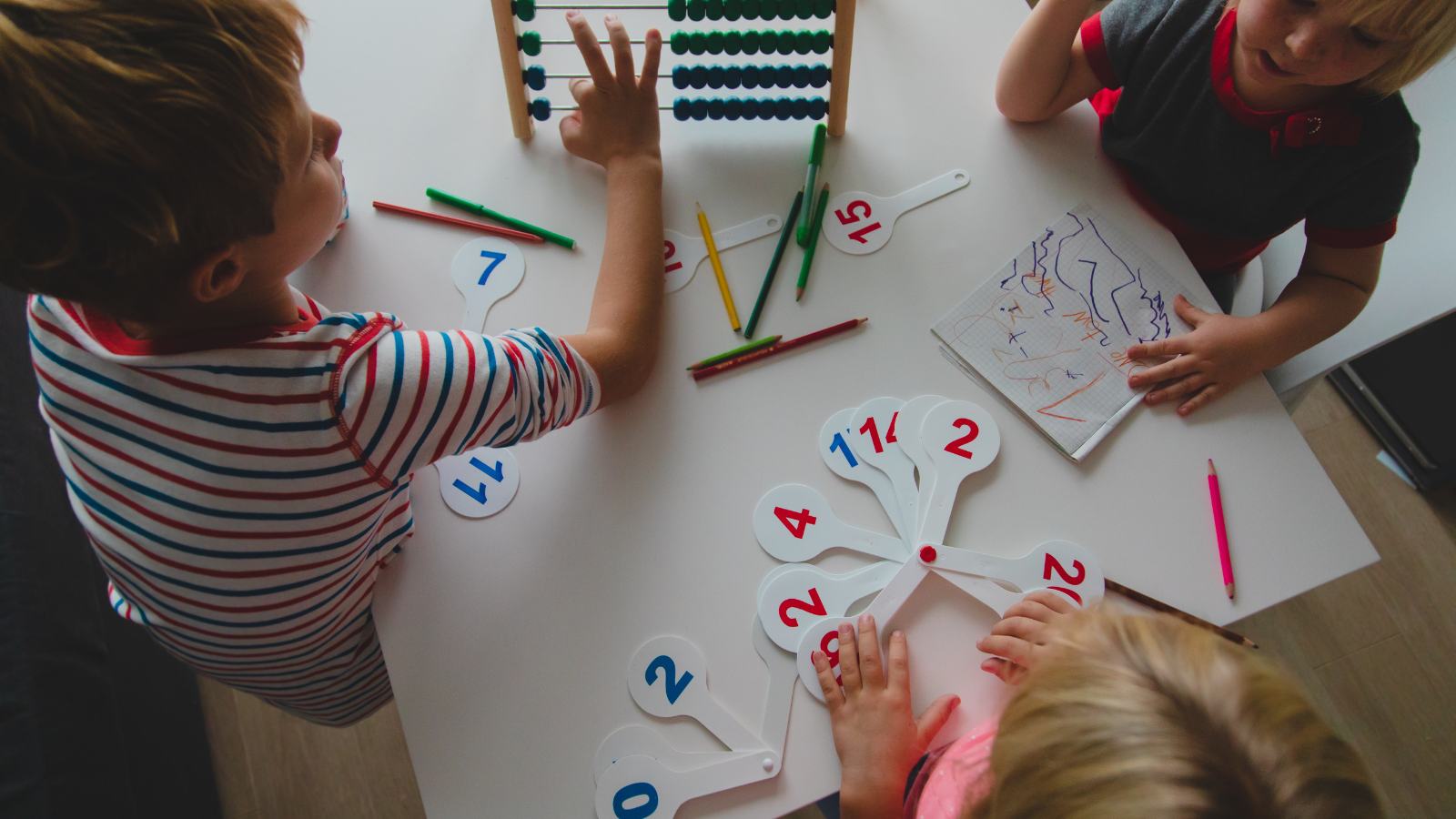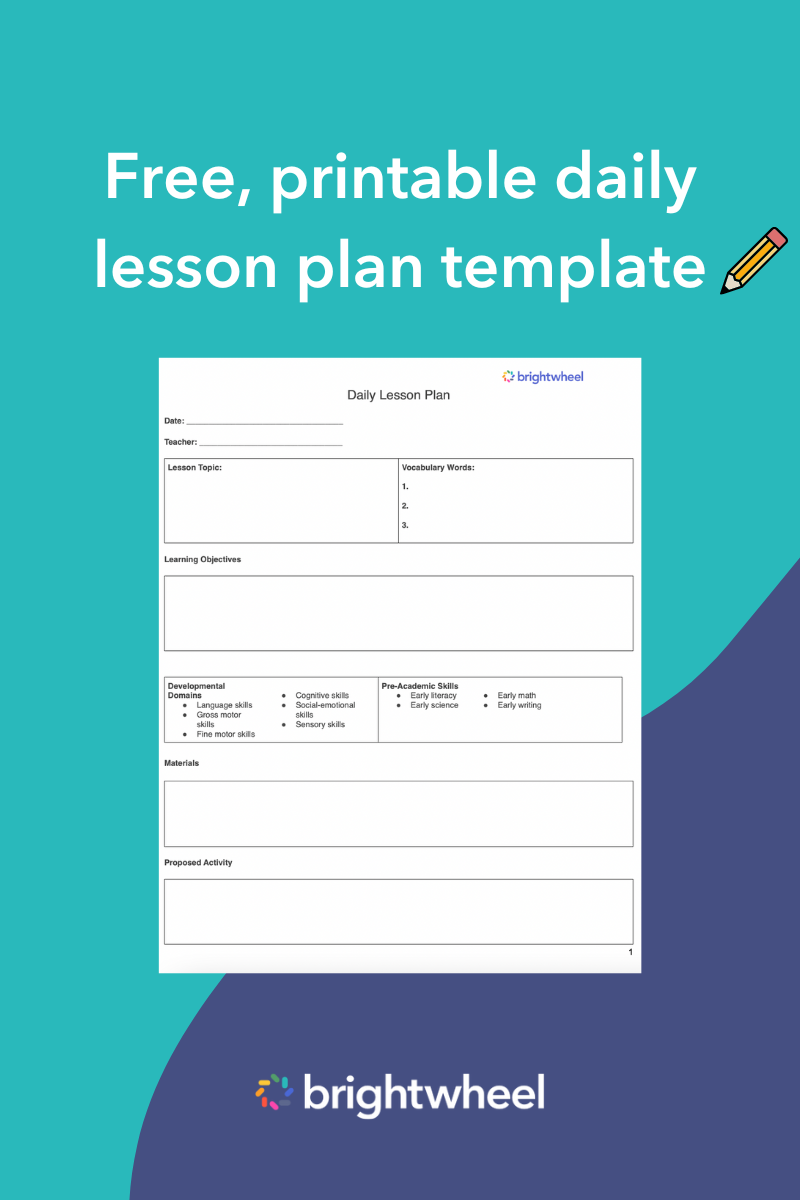
Math skills are essential to a child's development, from number recognition and counting to addition and subtraction. As children develop an early math foundation, their number sense, or the ability to understand and use numbers, is a critical skill children must learn. While the term may be unfamiliar to many, the concept is instrumental to how children understand math and, ultimately, how they relate to and operate in the real world.
What is number sense?
Popularized by the French author and cognitive neuroscientist Stanislas Dehaene in 1997, number sense refers to one's sense of what numbers mean. It's the ability to understand, use, and connect numbers to solve mathematical problems and patterns. It also impacts how to:
- Use numbers to make decisions
- Develop strategies when counting, measuring, and estimating
- Use numbers in flexible ways to subtract, add, multiply, and divide
For children of a young age, number sense is critical as it helps them form a relationship with numbers, enables more complex problem-solving as they get older, and builds a foundation for an overall understanding of math. Number sense encompasses several concepts such as:
- Subitizing (identifying the number of items at first glance)
- Composing numbers (addition)
- Decomposing numbers (subtraction)
- Number order and sequencing
- Number identification
- Quantification (numbers associated with an exact quantity)
- Understanding mathematical symbols
When and how does number sense develop?
Children start to develop number sense at an early age. So while children as young as two years old may not be able to count, they can easily identify one to three objects in what's called subitizing. Number sense develops through lots of practice, simulated situations, and real-life experiences.
Although learning and problem solving with paper and pencil is a tried and true method, mathematical experts recommend incorporating more hands-on strategies into teaching and building math skills. This can help children think, process information, and engage.
Number sense development involves:
- Recognizing, reading, and interpreting numbers
- Grasping concepts such as more, less, least, and most
- Sharing and counting with whole numbers
Over time, children begin to understand math and numbers and how it fits into real-life contexts. Preschools consistently teaching number sense skills can prepare children for future success and more complex math as they advance in their education.
Types of number sense activities
Games and activities vary depending on the child's stage and age. The below activities can help to develop new ideas and procedures for handling numbers.
Moveable objects
At an early age, activities that involve moveable objects, such as blocks and counters, can give children the experience they need through physically manipulating objects. They can easily create sub-groups and combine groups.
Dot cards
Dot cards are cards with dot stickers or stamped dots on them. Each card has various combinations and arrangements. Children are shown the cards briefly and asked how many dots they see and then can go into detail about how they came to that answer. This can help children develop basic number sense skills before moving on to more advanced strategies.
Matching
Matching numbers to quantities can be done using objects like dots, blocks, playing cards, and dominoes.
Number of the day
Number of the day helps children focus on a specific number to learn as much about it as possible. This includes how it's spelled and written, where it falls in the sequence of numbers, how it looks when items are grouped, and more.
Incorporate number sense activities in your lesson plans to reinforce key learning objectives. Download our daily lesson plan template and customize to suit your teaching style and children's needs.
Good vs poor number sense
Some children have stronger number sense than others. Struggles with number sense often appear early in children. Those with poor number sense could struggle with basic math, impacting how well they handle daily tasks such as time management and measuring. They may have more difficulty in estimating an answer and applying strategies to problem-solving. It’s important to be aware of the signs that a child may have poor number sense so you can start helping them improve it. There are ways to determine a child’s number sense in the classroom, even if they aren’t doing complex mathematics.
Having poor number sense doesn’t only mean they struggle with addition, subtraction, and counting; it means they struggle with the concept of them in general. For instance, you can spot a child with poor number sense by using simple objects they’re familiar with, such as books. If you place one book in front of a child and then add a second book, they may have trouble understanding that those books are added together and that two books are more than one book.
Another strategy you can use is an exercise where children must match different numerals with the correct written out word. Poor number sense means they may not see that the numeral “4” is the same as the word “four.” Number sense is also associated with difficulty making comparisons using numbers. An example of this would be placing a large pile of blocks next to a small pile of blocks. A child struggling with number sense can’t easily communicate which pile has fewer blocks or which one has more.
You can take many approaches to help children improve their number sense after you spot that they’re struggling. It may take some time for you to see a change, but continue working on it with them. Their skills can improve with practice, time, and patience, giving them the space to explore, get creative, and play with numbers. A few ways you can help children include:
- Use real objects to represent numbers and have children use their hands to sort them into piles, categories, or amounts
- When making amount comparisons, use different objects for different amounts to help them establish a difference
- When there is a larger amount and a smaller amount of an item, have them separately hold both amounts in their hands or arms so they can feel the difference
- Help them to check whether their answers to questions or exercises make sense
- Verbally encourage and praise them to help grow their confidence with numbers
Children with good number sense are typically more fluent and flexible with numbers and can often visualize them and compute math problems mentally instead of using a pencil and paper. In addition, they can often identify connections between numbers, spot patterns, and talk comfortably about them.
For children with good number sense, you can still do things to continue honing their skills. Number sense is the foundation for their mathematical abilities, so strengthening it will benefit them as they venture into more advanced concepts. Challenge them by asking them to explain their answers to exercises, having them count larger or smaller amounts that are very close together and identify the exact difference, and playing board games that require number skills within gameplay.
Help your preschoolers develop their number sense
As you prepare your children to learn about numbers and build their number sense skills, focus on incorporating engaging and hands-on activities into your lesson plans to build a solid foundation. Future math skills rely heavily on their relationship and familiarity with numbers early on.


